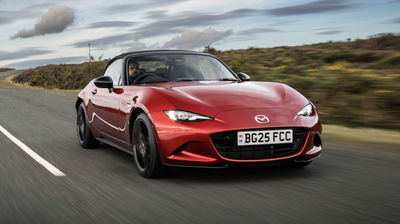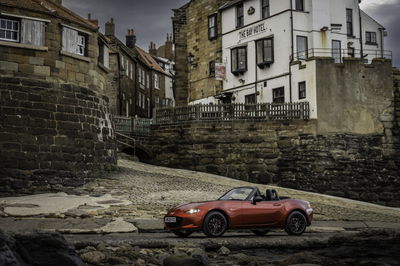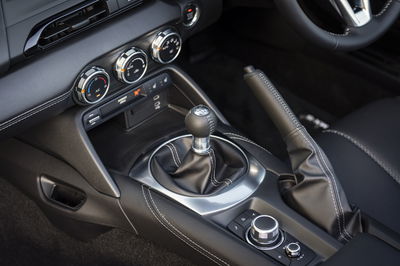Next Mazda MX-5 Will Stay Light, Keep The Manual

Back when it launched in 1989, the Mazda MX-5 all but singlehandedly revived the two-seater roadster genre. It spawned a whole bunch of rivals and imitators, all of which have subsequently fallen by the wayside – partly because the sports car market isn’t what it once was, but largely because the MX-5’s just so darn good at what it does.
That’s as true as ever with the fourth-generation ‘ND’ version which, despite having been on sale for over a decade now, still feels as fresh and vital today as it did in 2015, especially now that it’s basically the only car of its kind left on sale in Europe.

With the enormous shift the car industry is undergoing at the moment, it’s been all too easy to worry that, should the MX-5 survive, it’d eventually succumb to bloat, electrification and overcomplication. Thankfully, though, it seems we don’t need to worry about that.
US publication Road & Track recently spoke to a group of Mazda executives, who had some reassuring things to say about the MX-5’s future. Firstly, as Mazda has said will be the case for some time now, a fifth generation is on the way.

Secondly, it’s going to stay light. In fact, it could be even lighter than the ND, which is hardly a heavyweight by modern standards. “Whatever the future MX-5 is,” said Mazda’s chief technical officer Ryuichi Umeshita, “it must be very light.
Meanwhile, the company’s head of design, Masashi Nakayama, said: “When we consider the next-generation MX-5, we are considering making it less than one tonne in weight, and less than four metres in length.” For reference, the current car, in its lightest 1.5-litre guise, weighs in at just over a tonne, and is 3.9 metres long.

Elsewhere, the new car will be getting a bigger 2.5-litre engine – but not for the reason you think. It’s set to be one of Mazda’s in-development Skyactiv-Z engines, designed to meet the toughest global emissions standards. They’ll do this by only running at very optimal fuel-to-air ratios, something that will naturally lead to a drop in power, hence a bigger engine to get power back up to roughly where it is in the current 2.0-litre car.
Crucially, there’ll be no turbocharging, Mazda remaining one of the few manufacturers to buck the downsizing trend in modern combustion engines. All this, and the fact that a manual gearbox will still be available, means the NE MX-5 should still feel like an MX-5.

What we don’t yet know is when we can expect to see it. There’s been no sniff of any prototypes testing yet, and Mazda doesn’t seem in a hurry to shuffle the current car out of production, despite its advancing years. Regardless, though, at least we needn’t worry about it losing any of its identity when it does eventually arrive.















Comments
No comments found.